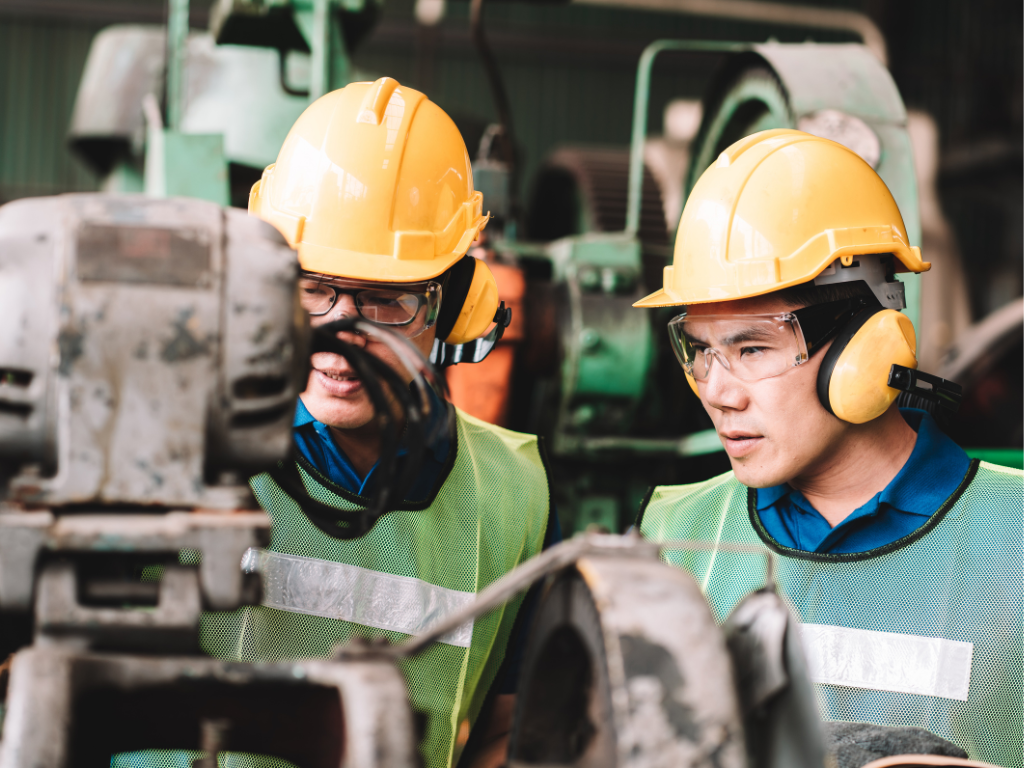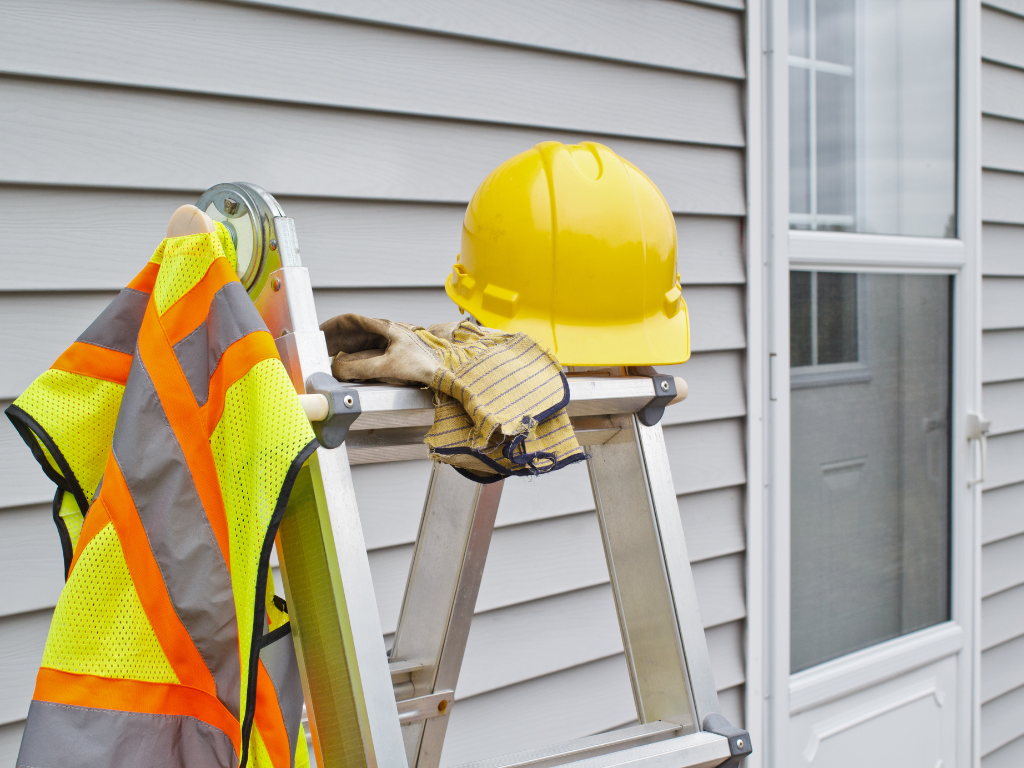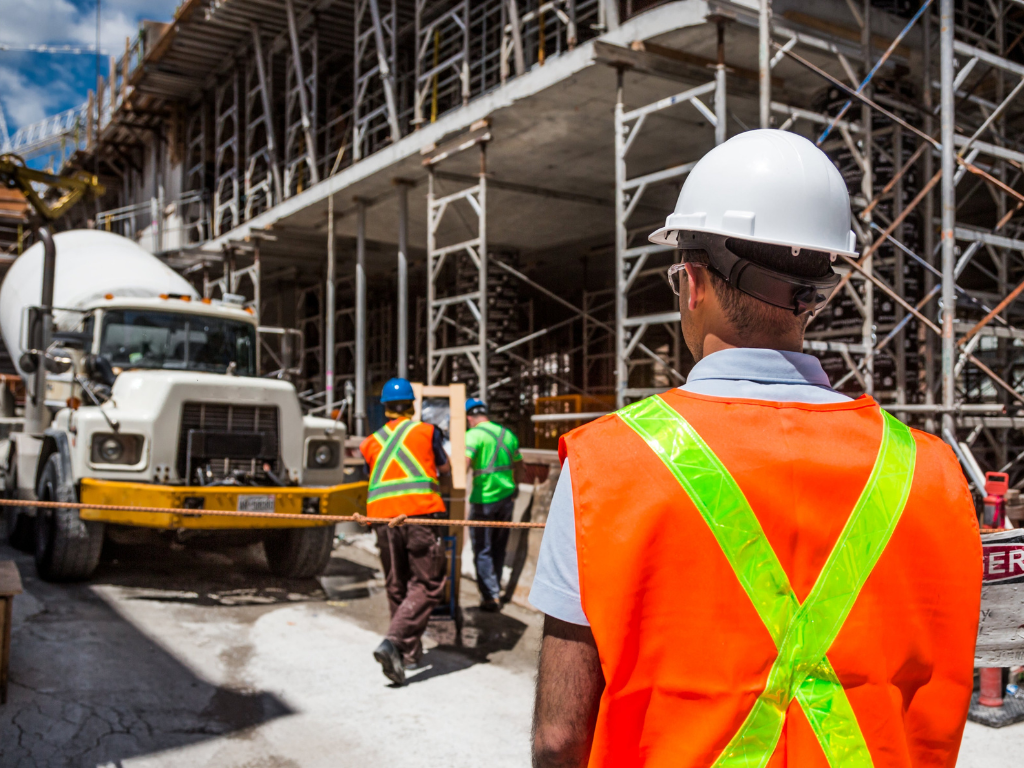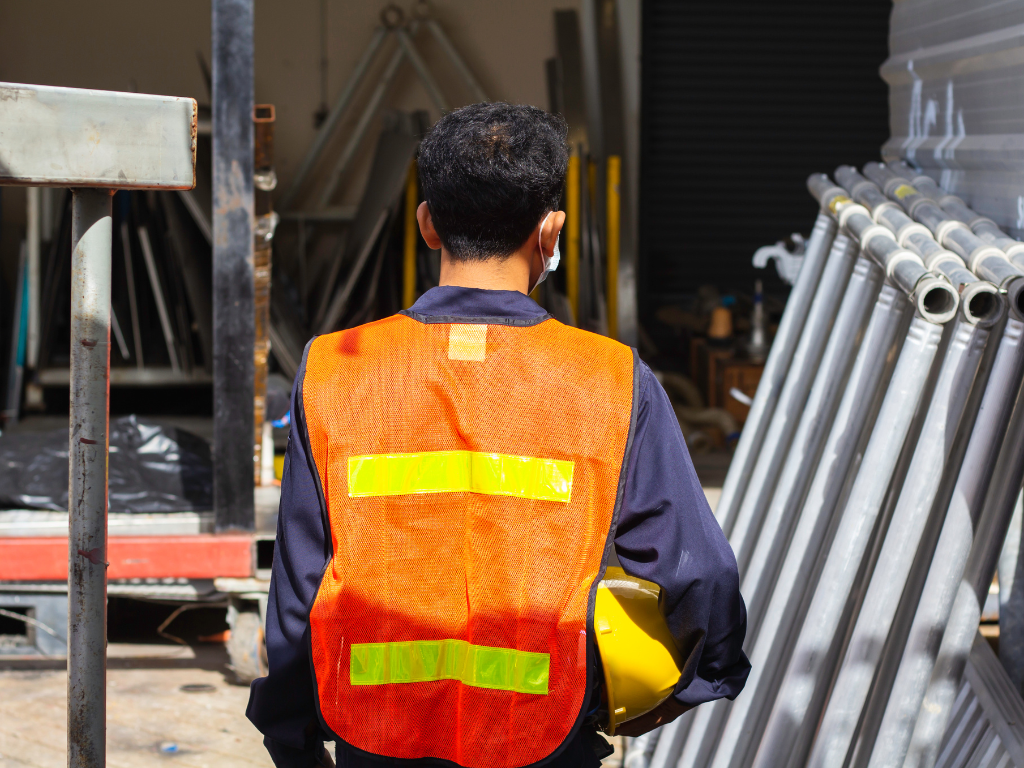Safety gear is often associated with high-risk industries like construction or manufacturing, where the immediate dangers are more apparent. However, the importance of protective equipment extends far beyond these traditional settings. Everyday activities, from home DIY projects to various sports and recreational pursuits, also pose risks that can be mitigated with the appropriate use of safety gear. Understanding and applying the principles of safety gear in these non-traditional settings can significantly reduce the risk of injury, ensuring that individuals can safely enjoy their activities without compromising their well-being.
The Importance of Safety Gear Beyond Traditional Industrial or Construction Settings

Safety gear serve a fundamental role in preventing injuries across a wide spectrum of environments, not just in workplaces with obvious hazards. In our homes, sports fields, and during leisure activities, potential risks require the same level of attention and protection. The use of safety gear in these contexts emphasizes a proactive approach to personal safety, recognizing that accidents and injuries are not confined to the workplace but can occur anywhere people are active and engaged in hands-on tasks.
The Use of Safety Gear in Home DIY Projects, Sports, and Recreational Activities

This discussions will explore the expanded role of safety gear, focusing on its application in home DIY projects, sports, and recreational activities. By understanding the specific needs and risks associated with these activities, individuals can make informed decisions about the safety gear that best suits their situations, from safety shirts that ensure visibility to safety helmets that protect against head injuries.
Understanding the Basics of Safety Gear

Safety gear encompasses a wide range of protective equipment designed to safeguard individuals from potential harm. While the specifics may vary depending on the activity, the underlying purpose remains consistent: to provide a barrier against the hazards that individuals may encounter.
What Constitutes Safety Gear?
Safety gear includes any equipment or clothing designed to protect the wearer from injury or infection. Key pieces of safety gear relevant to a broad range of activities include safety shirts, which are typically brightly colored or fluorescent to enhance visibility, and safety helmets, which protect the head from impacts. Gloves, goggles, ear protection, and respirators are other common items, each serving specific protective functions.
Why It’s Important Everywhere, Not Just at Work
The universal need for protection against injuries underscores the importance of safety gear in all aspects of life. Whether engaging in a hobby, performing home maintenance, or participating in sports, the potential for injury exists. Proper safety gear acts as a preventive measure, reducing the risk of harm and ensuring that individuals can pursue their activities with an added layer of security. It’s a crucial component of any activity that involves physical risk, serving to protect not just against immediate injuries but also against long-term health issues that can arise from exposure to hazards.
Safety Gear in Home Maintenance and DIY Projects

Engaging in home maintenance and DIY projects can be incredibly rewarding, offering a sense of accomplishment and the opportunity to personalize one’s living space. However, these activities also come with their own set of risks, from minor cuts and bruises to more serious injuries.
Identifying Risks in Home Projects
Common risks in home DIY projects include exposure to harmful chemicals, the potential for cuts or abrasions from tools, and the risk of falling from ladders or other heights. Electrical work poses its own set of dangers, as does any task that involves heavy lifting or operating power tools.
Essential Safety Gear for Home DIYers
For those undertaking home projects, wearing the appropriate safety gear is crucial. Safety shirts enhance visibility, particularly if working around vehicles or in low-light conditions. Safety helmets are vital for any task that involves the risk of falling objects or head impacts. Additionally, protective gloves guard against cuts and abrasions, while goggles shield the eyes from hazardous materials. Selecting and utilizing the right safety gear can significantly mitigate the risks associated with home DIY projects, making safety a priority in every task.
Safety Gear in Sports and Recreational Activities

The Role of Safety Gear in Sports
Safety gear plays a crucial role in sports, particularly in contact and extreme sports, where the risk of injury is significantly higher. Helmets, for example, are indispensable in activities like football, cycling, skateboarding, and skiing, offering critical protection against head injuries. In addition to helmets, other forms of safety gear such as pads for knees, elbows, and wrists, and even protective eyewear, can prevent a wide range of injuries from scratches and bruises to more severe fractures and concussions.
The primary goal of this gear is to absorb impacts, distribute the force of a blow, and shield the most vulnerable parts of an athlete’s body from direct harm, ensuring that participants can enjoy their sport with a significantly reduced risk of injury.
Choosing the Right Safety Gear for Your Activity
Selecting the appropriate safety gear is essential for maximizing protection and comfort. When choosing safety shirts, helmets, or other equipment, consider the following tips:
- Activity-Specific Gear: Ensure the gear is designed for the specific sport or activity. For instance, a helmet for cycling is designed differently from one for cricket.
- Material and Quality: Look for durable materials that can withstand impacts and wear. High-quality gear often offers better protection and lasts longer.
- Fit and Comfort: Proper fit is crucial. Safety gear should be snug but not overly tight, allowing for a comfortable yet secure fit that doesn’t compromise movement.
- Compliance with Standards: Check that the gear meets national safety standards, indicating it has been tested for safety and effectiveness.
Tips for Selecting and Maintaining Non-Workplace Safety Gear

Selecting the Right Safety Gear
When choosing safety gear for personal use, such as safety shirts and helmets, prioritize the following criteria:
- Material: Opt for materials known for durability and protective capability. For helmets, look for impact-resistant materials like ABS plastic or polycarbonate.
- Fit: Gear should fit properly to ensure maximum protection. Measure according to manufacturer guidelines and try before you buy whenever possible.
- Compliance: Ensure the product complies with relevant safety standards, offering peace of mind that the gear will perform as expected in protecting you.
Maintenance and Care of Your Safety Gear
To maintain the protective qualities of your safety gear, adhere to these maintenance tips:
- Regular Cleaning: Clean your gear according to the manufacturer’s instructions to prevent degradation of materials.
- Inspection: Regularly inspect your gear for signs of wear, damage, or other issues that could compromise its protective capacity.
- Proper Storage: Store your safety gear in a dry, cool place away from direct sunlight to prevent material fatigue and degradation.
Conclusion

Recap of the Key Points
The importance of safety gear extends far beyond traditional workplace settings, playing a vital role in sports, recreational activities, and home DIY projects. Safety shirts, helmets, and other forms of protective equipment are essential for preventing injuries, regardless of the activity at hand.
Encouragement for Readers
We encourage readers to prioritize safety in all aspects of their lives, recognizing that the right gear can make a significant difference in preventing injuries. By selecting the appropriate safety gear, maintaining it properly, and making safety a fundamental part of your activity planning, you can protect yourself and enjoy your hobbies and tasks with greater peace of mind. Safety isn’t just a workplace concern—it’s a lifestyle choice that emphasizes well-being and protection across all activities.
